
General Guide About Content and Writing
You can use a variety of methods to achieve marketing...
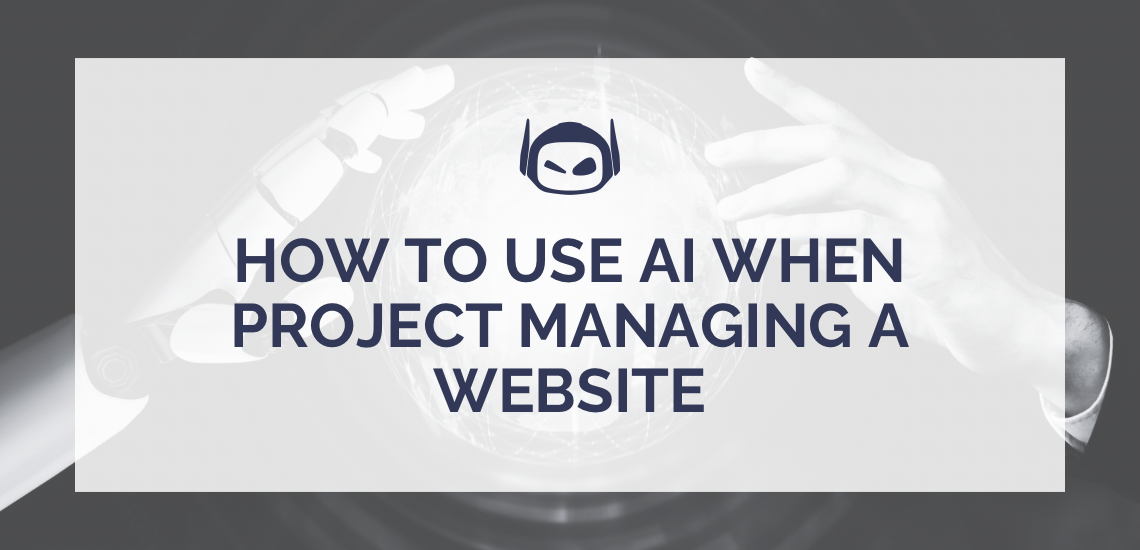
General Guide About Content and Writing
Managing a website has a lot of moving parts so...
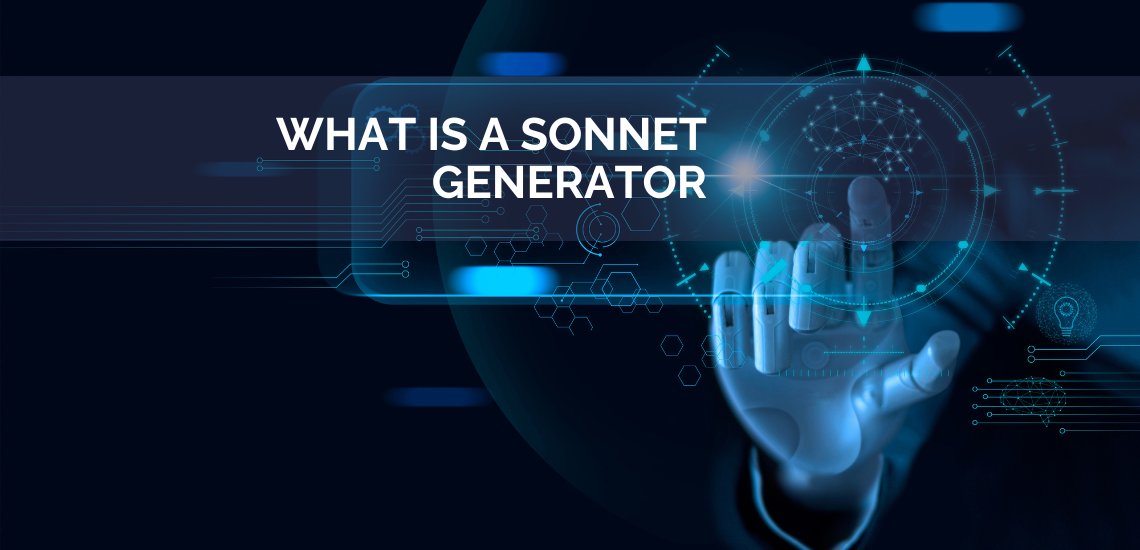
General Guide About Content and Writing
It was William Shakespeare who said: “Shall I compare thee...
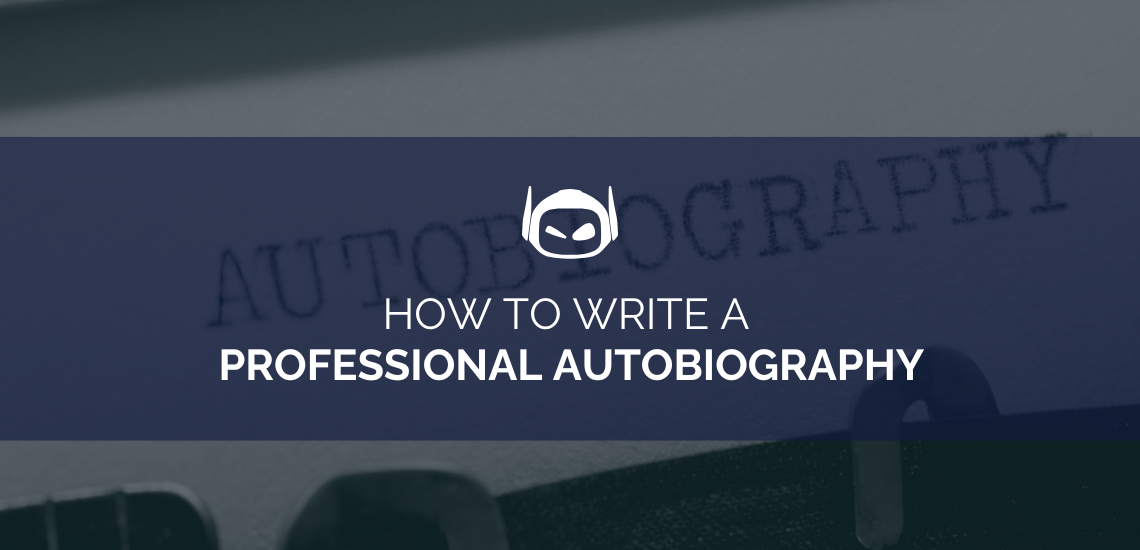
Writing a professional bio can be a rewarding process. However,...
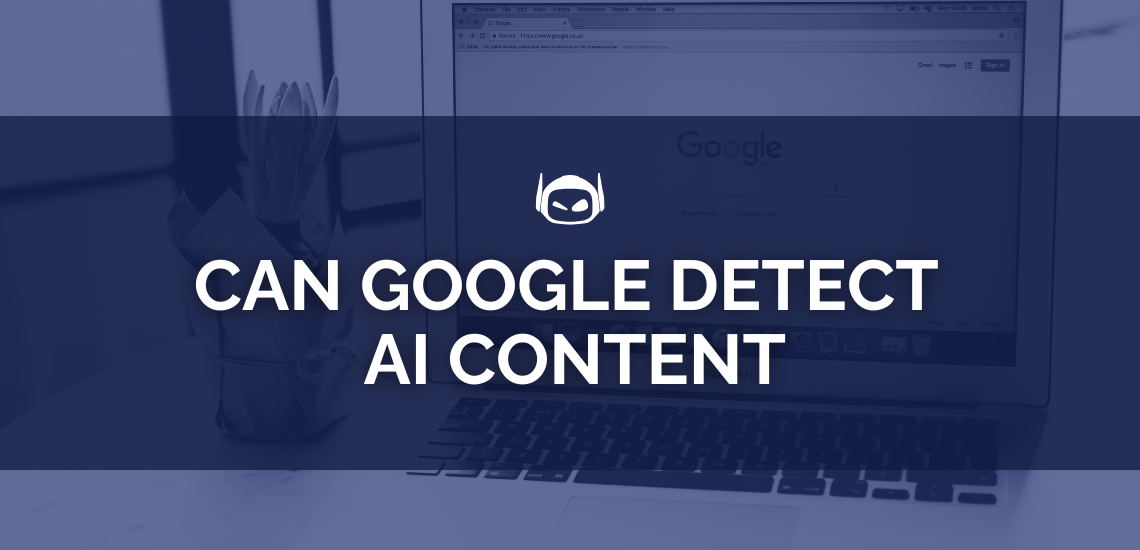
General Guide About Content and Writing
The rules regarding content creation are changing so frequently now...
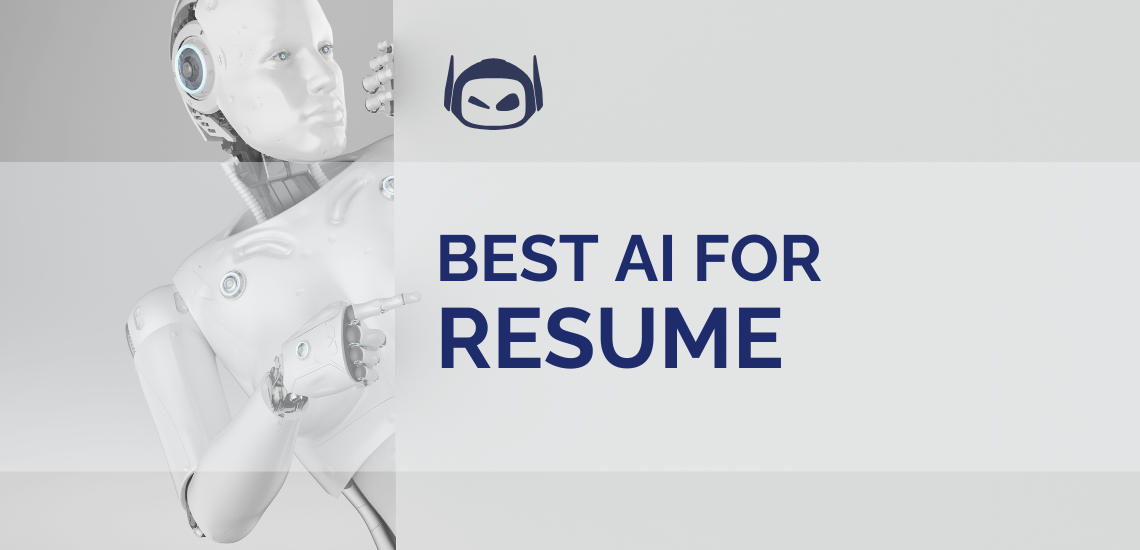
Do you need to complete a professional resume and increase...
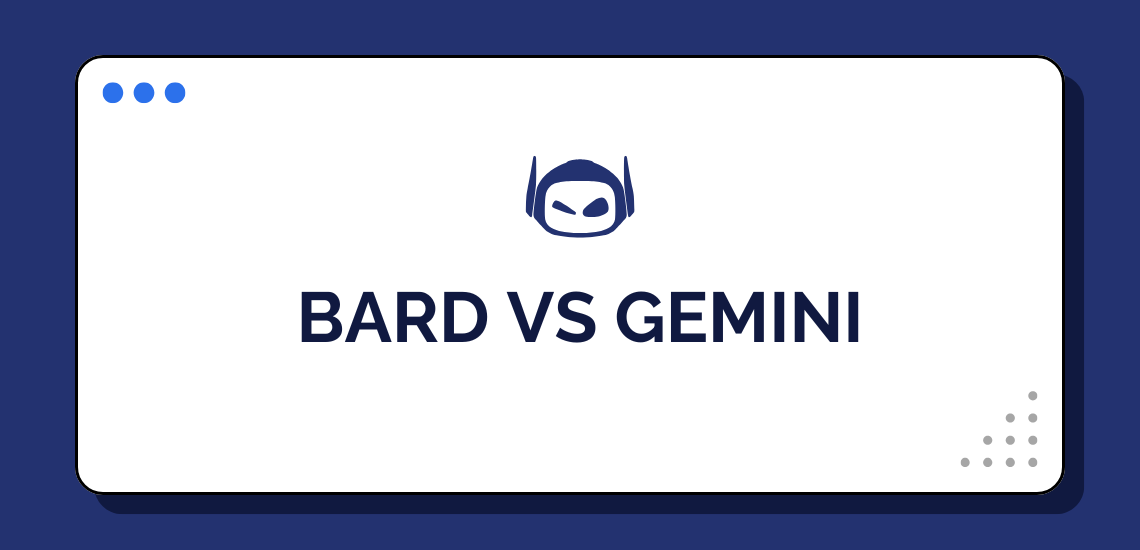
Considering investing in an AI chatbot for work? Then it’s...
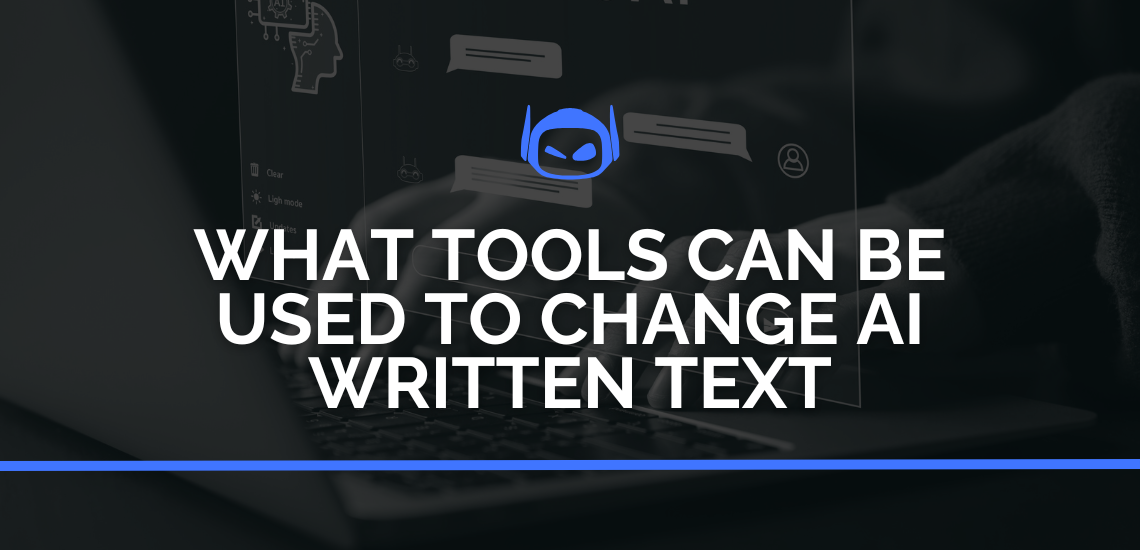
General Guide About Content and Writing
In some instances, your AI content generation tools may not...
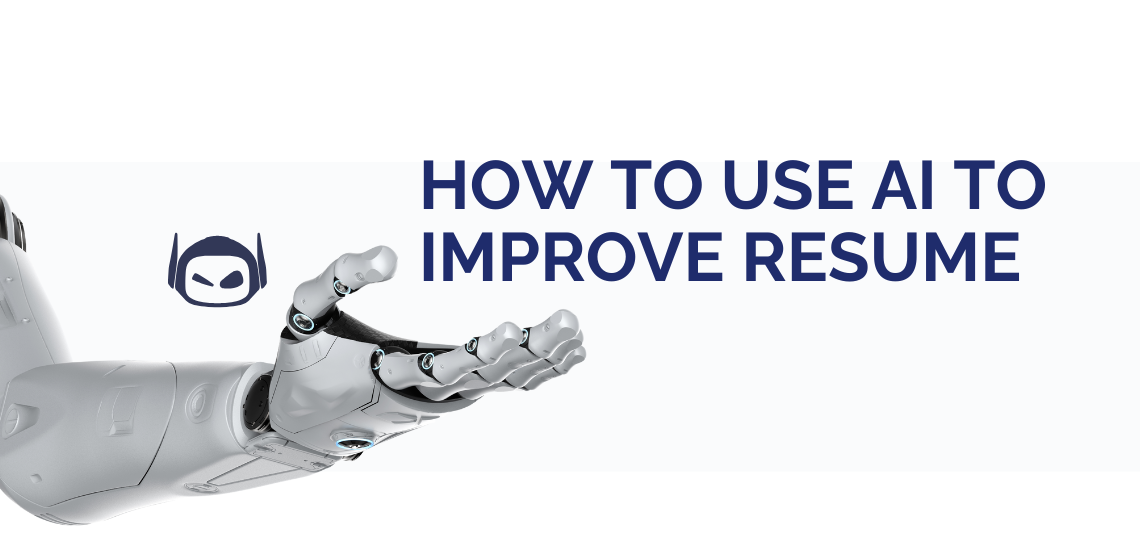
Job hunting and beginning the search for a new career...
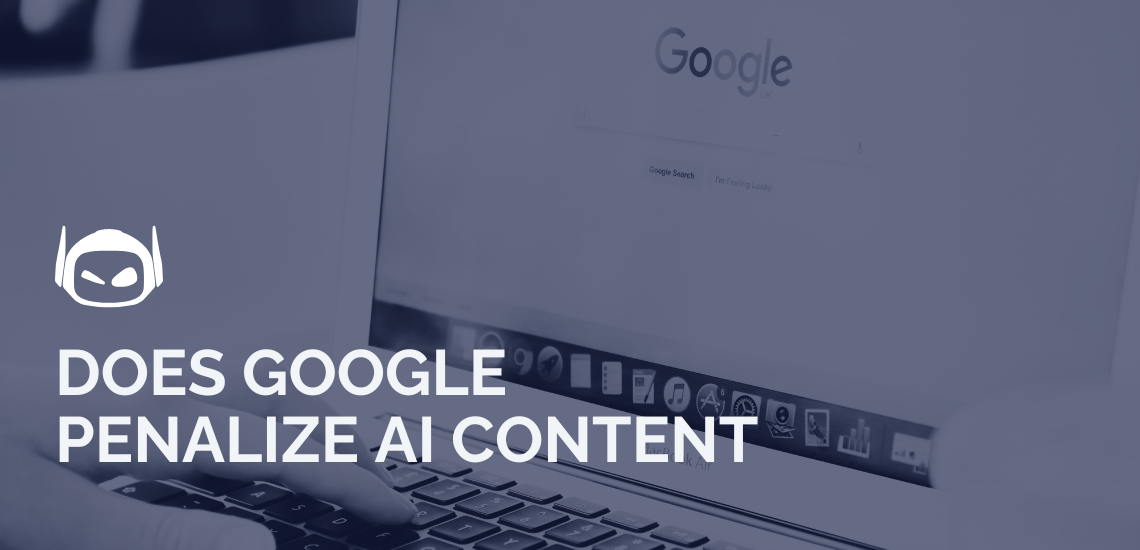
The topic of SEO content and AI has appeared in...